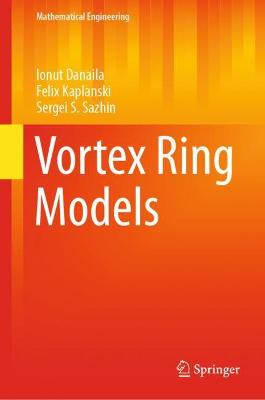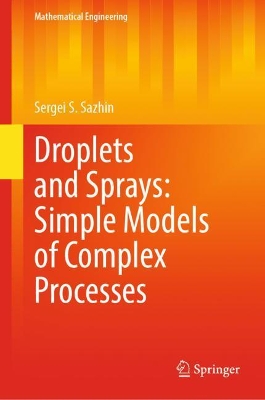Mathematical Engineering
2 total works
This book offers a guide to understanding models of vortex rings, starting from classical ones (circular vortex filament, Hill and Norbury-Fraenkel inviscid models) to very recent models incorporating viscous effects and realistic shapes of the vortex core. Unconfined and confined viscous vortex rings are described by closed formulae for vorticity, stream function, translational velocity, energy, impulse and circulation. Models are applied to predict the formation number of optimal vortex rings and to describe two-phase vortex ring-like structures generated in internal combustion engines. The book provides a detailed presentation of analytical developments of models, backed up by illustrations and systematic comparisons with results of direct numerical simulations. The book is useful for graduate students in applied mathematics, engineering and physical sciences. It is a useful reference for researchers and practising engineers interested in modelling flows with vortex rings.
This book acts as a guide to simple models that describe some of the complex fluid dynamics, heat/mass transfer and combustion processes in droplets and sprays. Attention is focused mainly on the use of classical hydrodynamics, and a combination of kinetic and hydrodynamic models, to analyse the heating and evaporation of mono- and multi-component droplets. The models were developed for cases when small and large numbers of components are present in droplets. Some of these models are used for the prediction of time to puffing/micro-explosion of composite water/fuel droplets — processes that are widely used in combustion devices to stimulate disintegration of relatively large droplets into smaller ones. The predictions of numerical codes based on these models are validated against experimental results where possible. In most of the models, droplets are assumed to be spherical; some preliminary results of the generalisation of these models to the case of non-spherical droplets, approximating them as spheroids, are presented.

